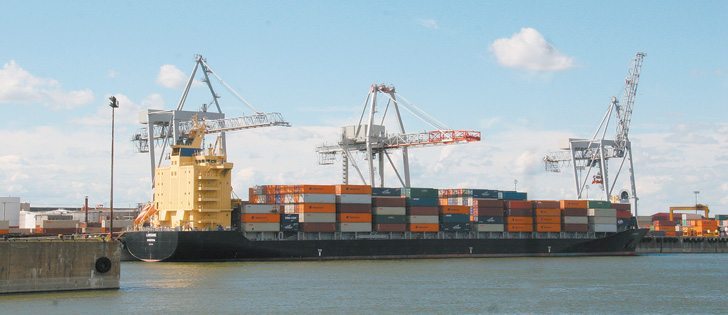Canadian Pacific Railway is making its share of news lately, not the least of which is the pension battle with one of its largest unions.
Teamsters union members walked off the job because they are worried about their futures, while the company is determined to “achieve changes to legacy pension and post-retirement benefits to make them industry comparable,” as said in an April news release.
The labour struggle came on the heels of the Canadian Transportation Agency’s announcement that the railway revenue cap will be increased by 9.5 percent this year, in large part due to higher wages and, of course, pension benefits at the railways.
Read Also

Higher farmland taxes for investors could solve two problems
The highest education and health care land tax would be for landlords, including investment companies, with no family ties to the land.
The direct relationship of these is not lost on western Canadian farmers.
The Western Canadian Wheat Growers Association, for example, fired off a letter to federal labour minister Lisa Raitt, asking her to ensure farmers’ interests are accounted for in any arbitrated settlement.
“Measures need to be taken to bring these costs under control,” said president Kevin Bender. “Allowing the railway unions to strike and extract even more from farmers is not the answer.”
The wheat growers association has suggested that allowances for wages and benefits should be in line with what is provided in more competitive industries, such as trucking. However, railroading in Western Canada is not competitive, and therein lies the entire problem.
Although there has been a brouhaha over management at CPR, the monopoly is working out well for the railways. Canadian National Railway, by far the larger entity, had 2011 revenues of slightly more than $9 billion with net income of $2.5 billion, a 27 percent profit margin. CPR’s revenues were slightly less than $5.2 billion, with net income of $570 million, or an 11 percent profit margin.
The strike and its ultimate resolution aside, there will be more interesting times on the way for shippers using CPR.
Just days before the Teamsters walked out, activist investor Bill Ackman of Pershing Square successfully dislodged chief executive officer Fred Green, who resigned after shareholders clearly supported Ackman’s view of the company’s underperformance.
For now, CPR is being run by an interim CEO. Ackman’s permanent choice, Hunter Harrison, is waiting to be installed as the new company leader.
Harrison, known a cost-cutter, will certainly look for ways to reduce expenses at CPR. Before the proxy battle for CPR shareholder support was won, he made it clear that he will control costs and improve the railway’s operating efficiency.
CPR does have extremely high operating costs. Its operating ratio in 2011 was 81.3 percent — the highest in North America — which the new management wants to bring down to 65 percent. By comparison, CN’s is 64.7 percent, although that’s up from 2011.
The Harrison-Ackman plan may or may not work out for shippers, depending on how cost-cutting measures affect service, but if slashing costs results in a lower revenue cap in the future, that will be a benefit to farmers.
However, the railways are in the enviable position of not having to push their unions too hard; their monopolies provide considerable protection. Railways can provide good packages to their employees and then dictate rates to their customers. For western Canadian farmers and industries, there are no options.
Until competition is improved — for example, by instituting joint running rights — service will not improve and rates will continue to rise. Western farmers are hostages to the double-monopoly railway system.














